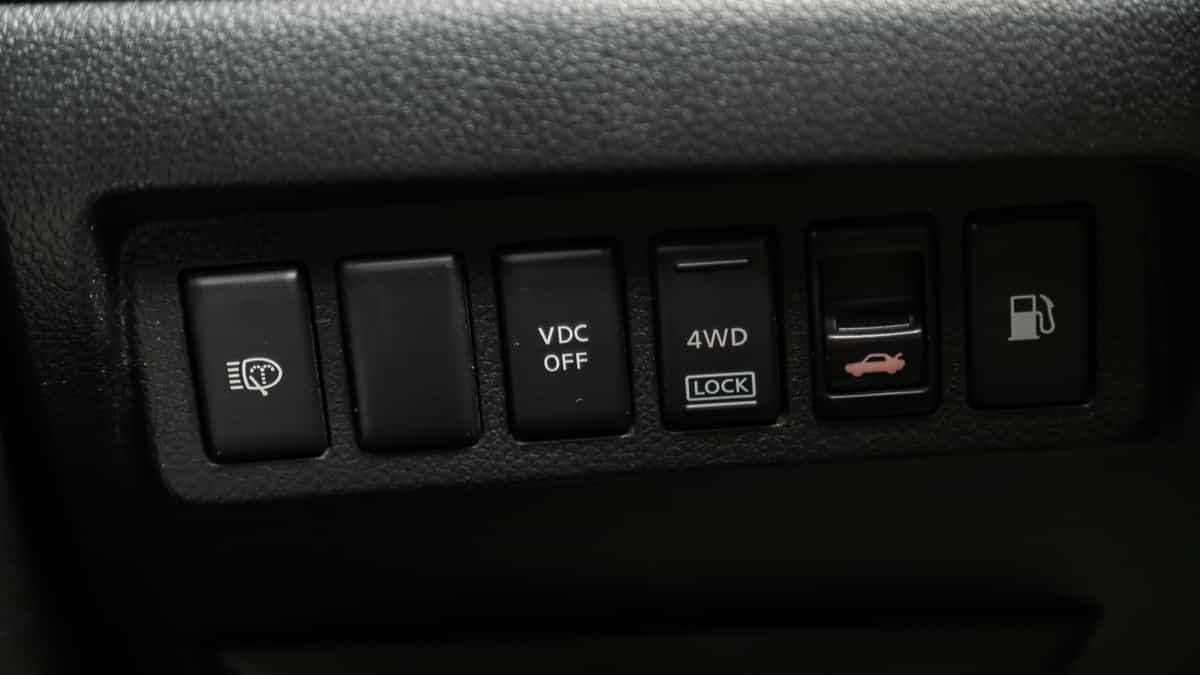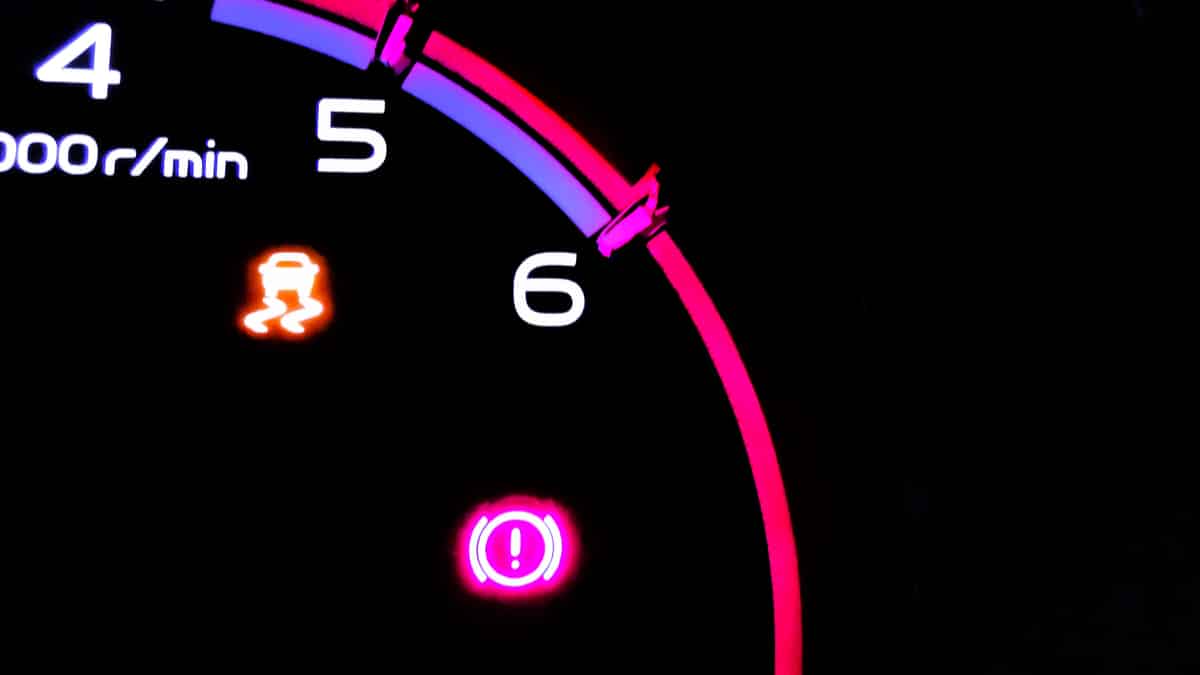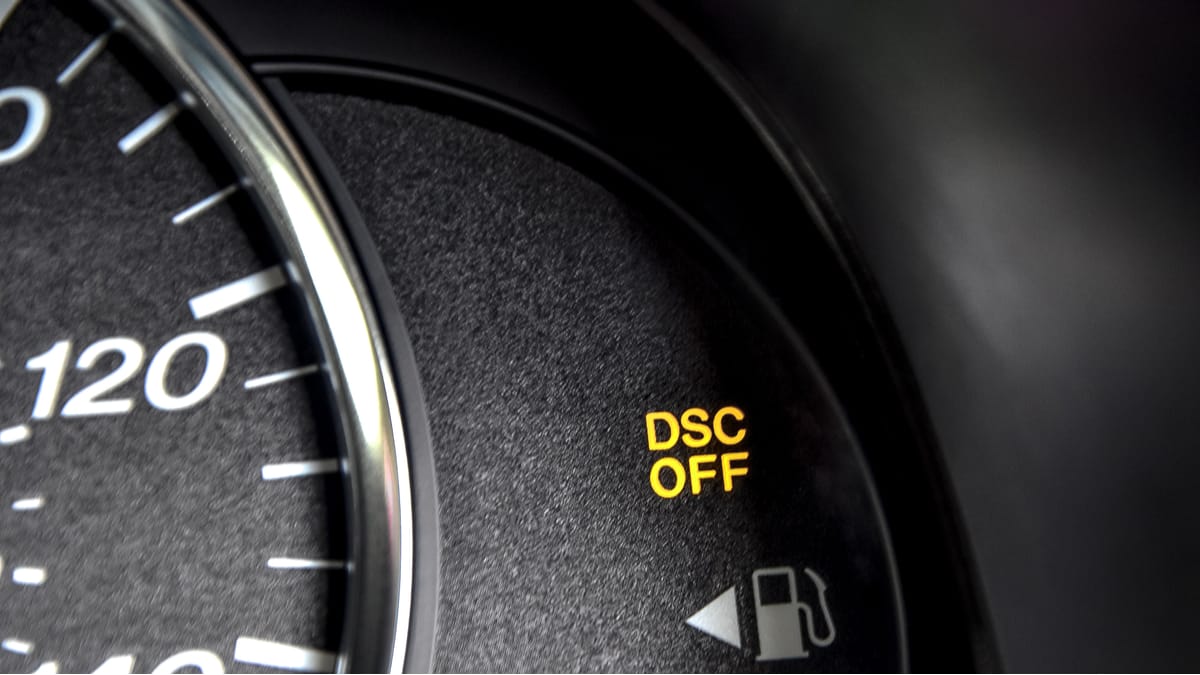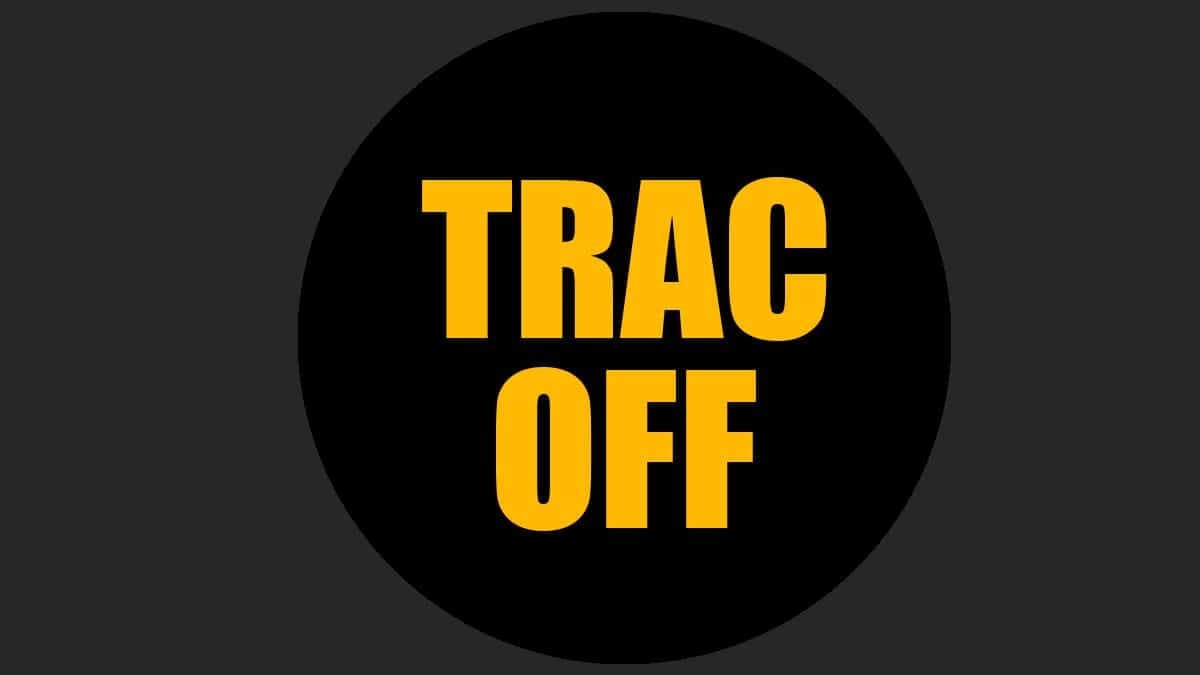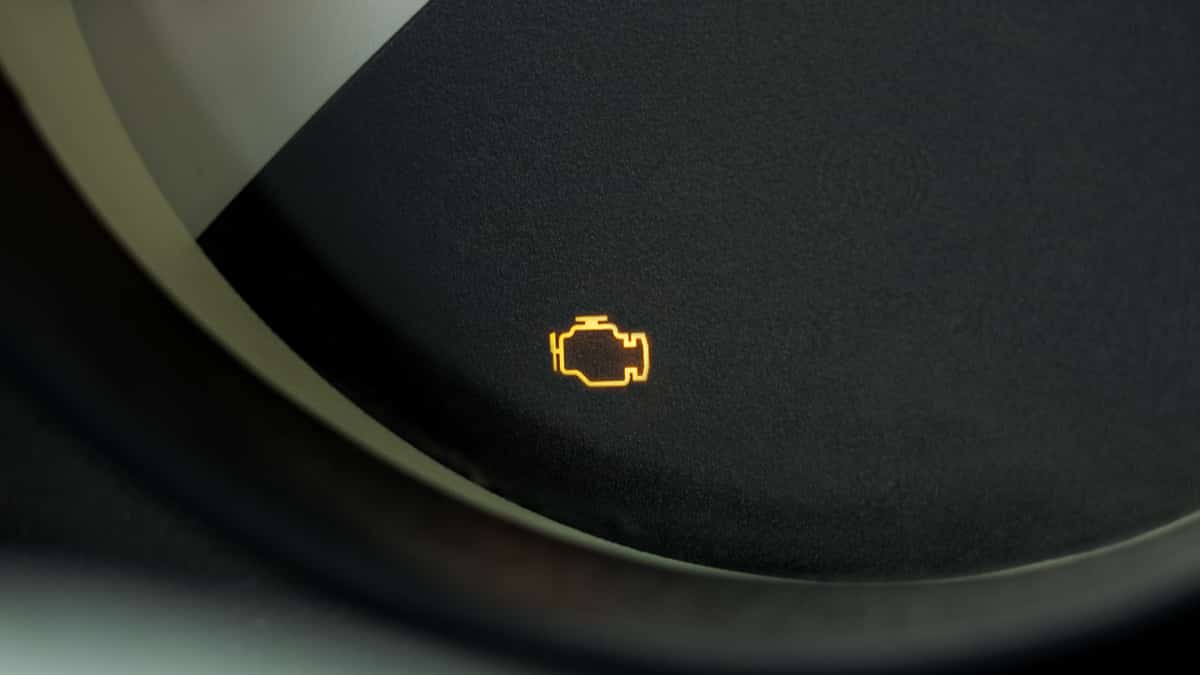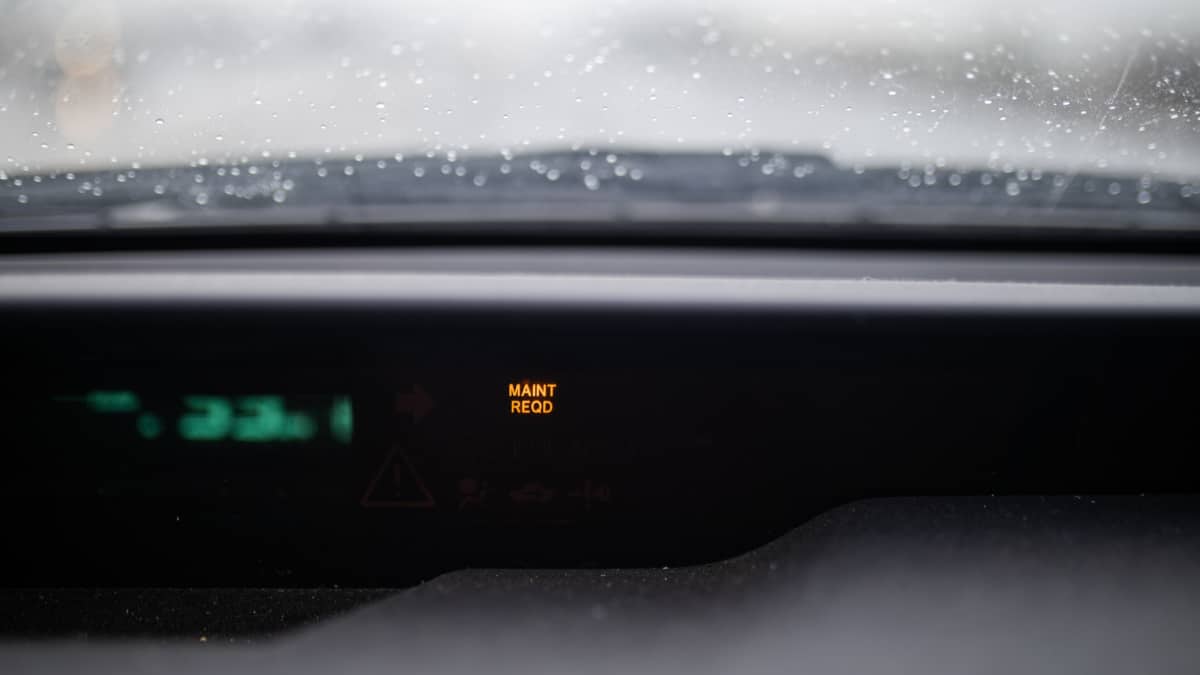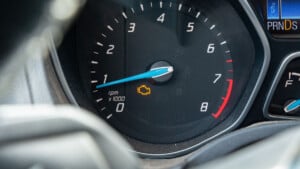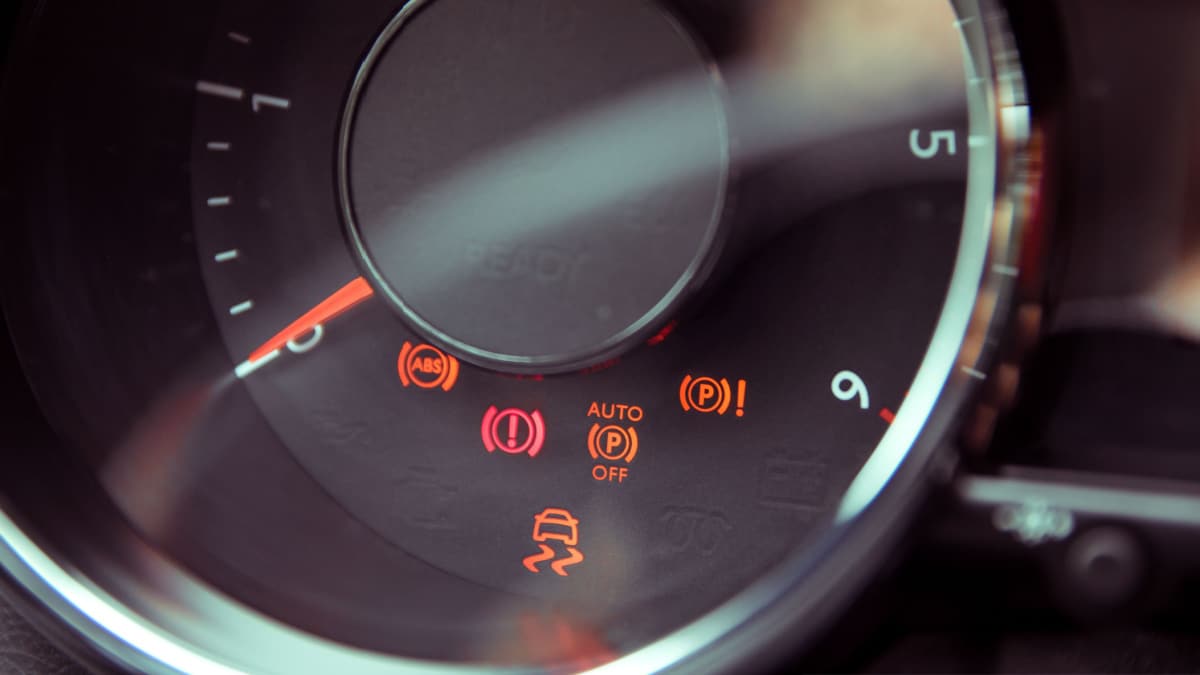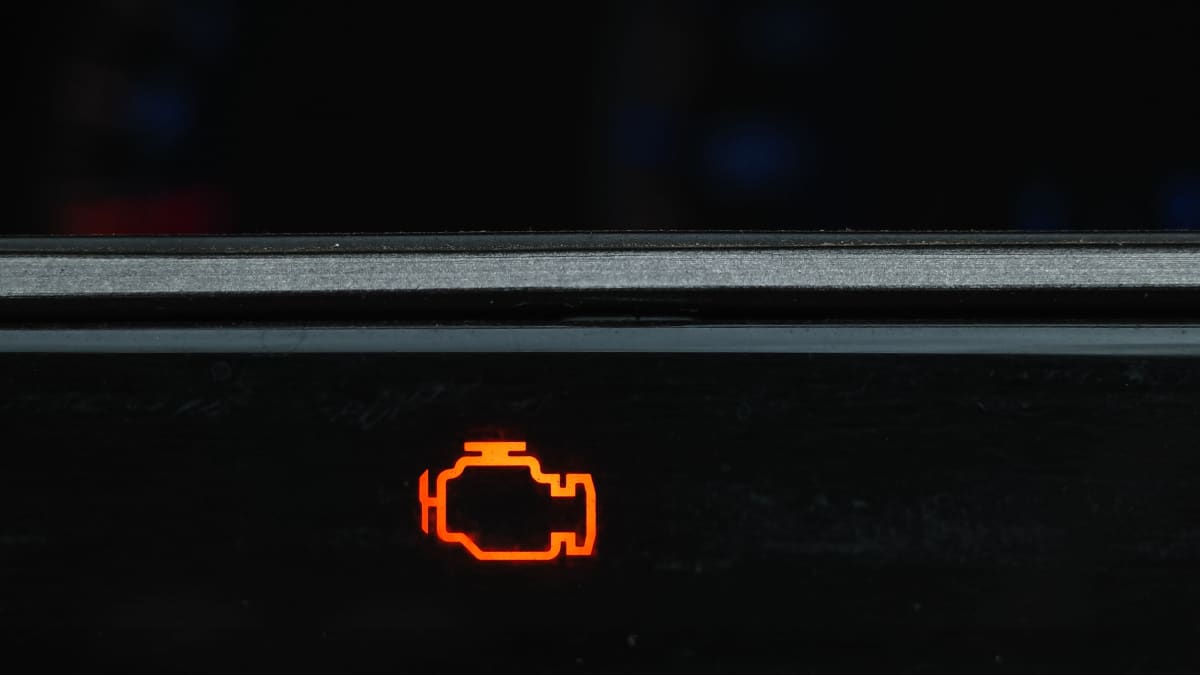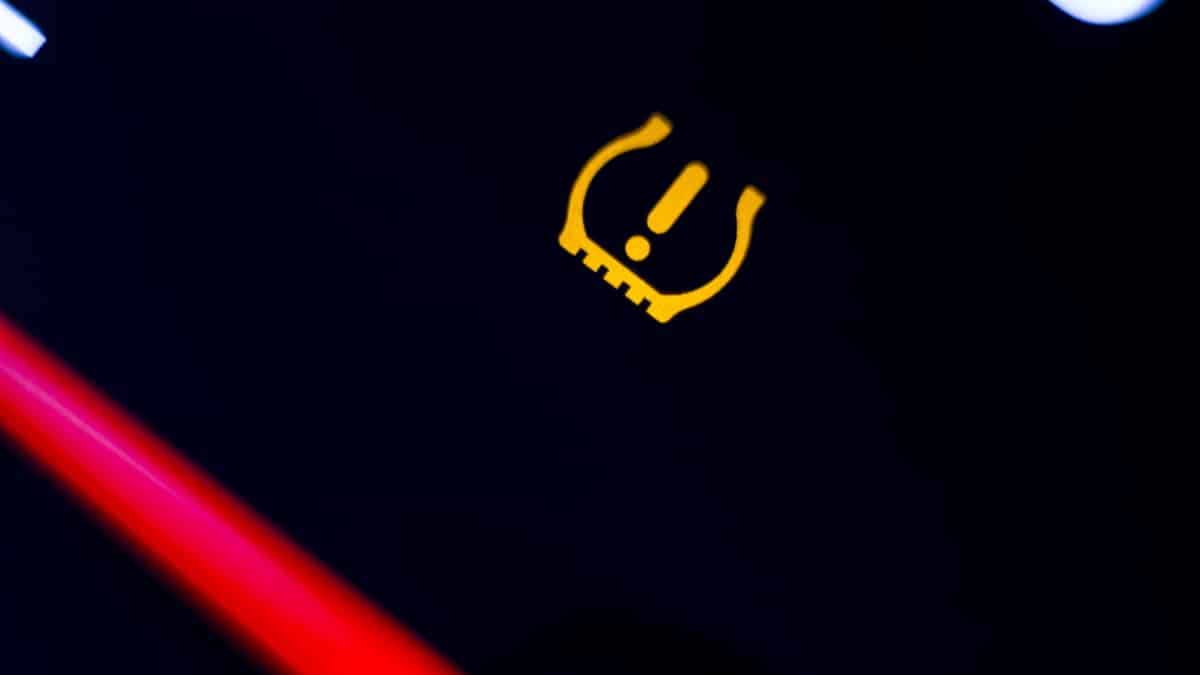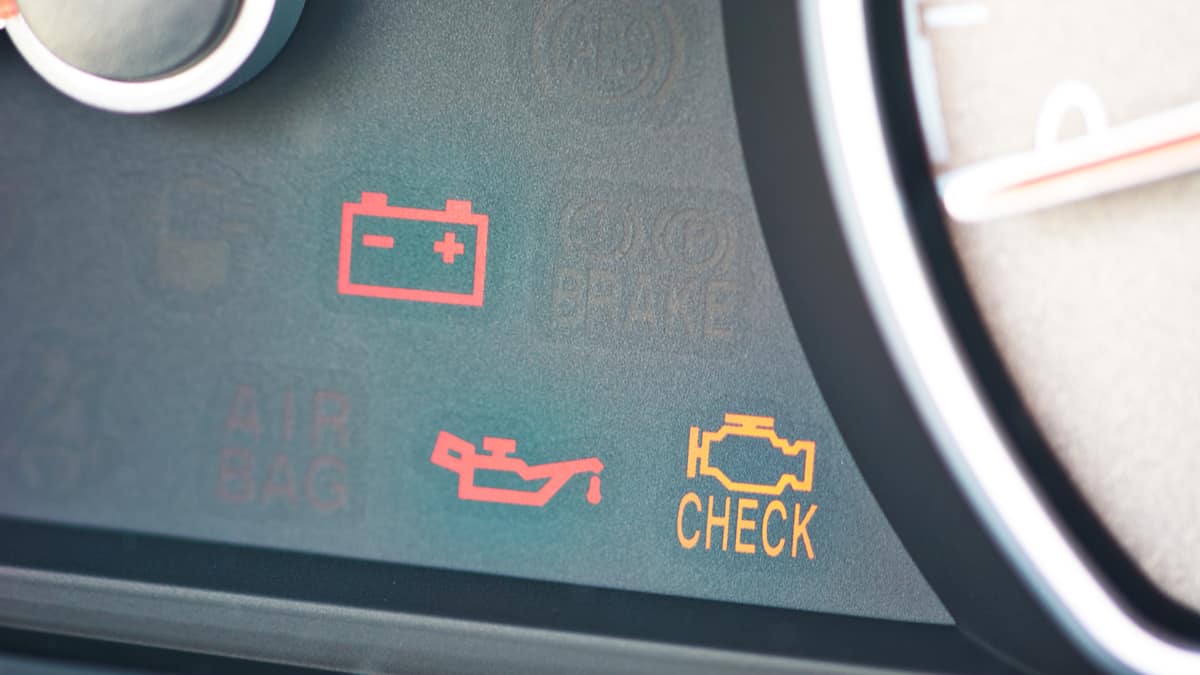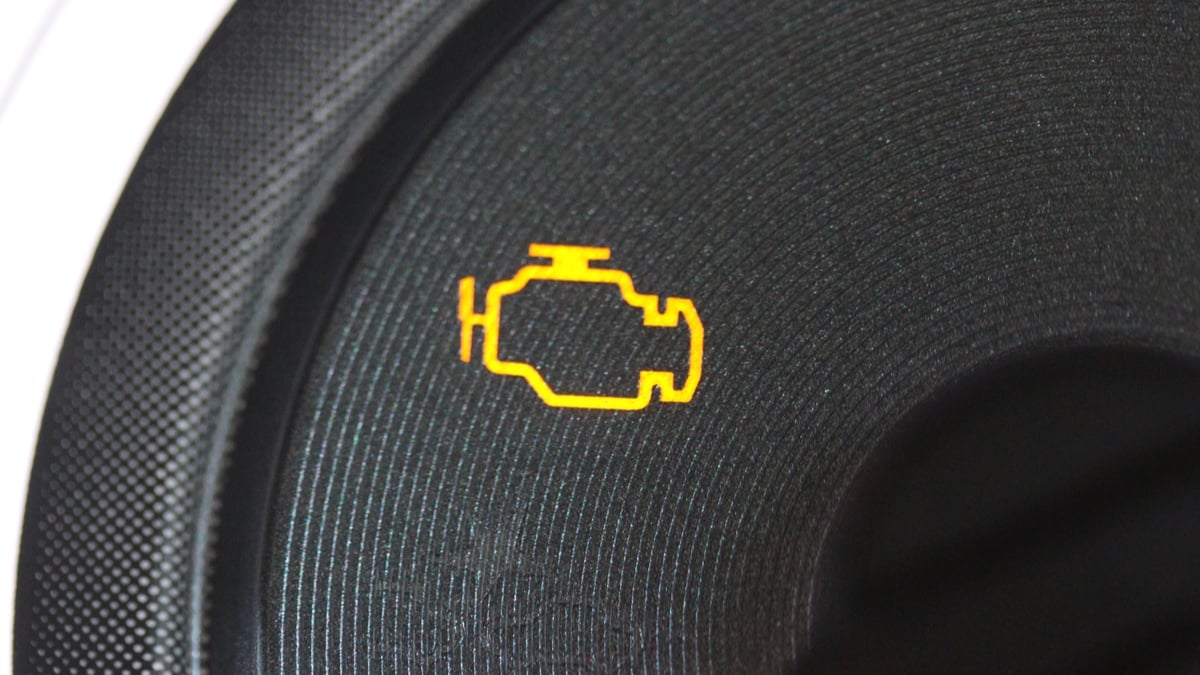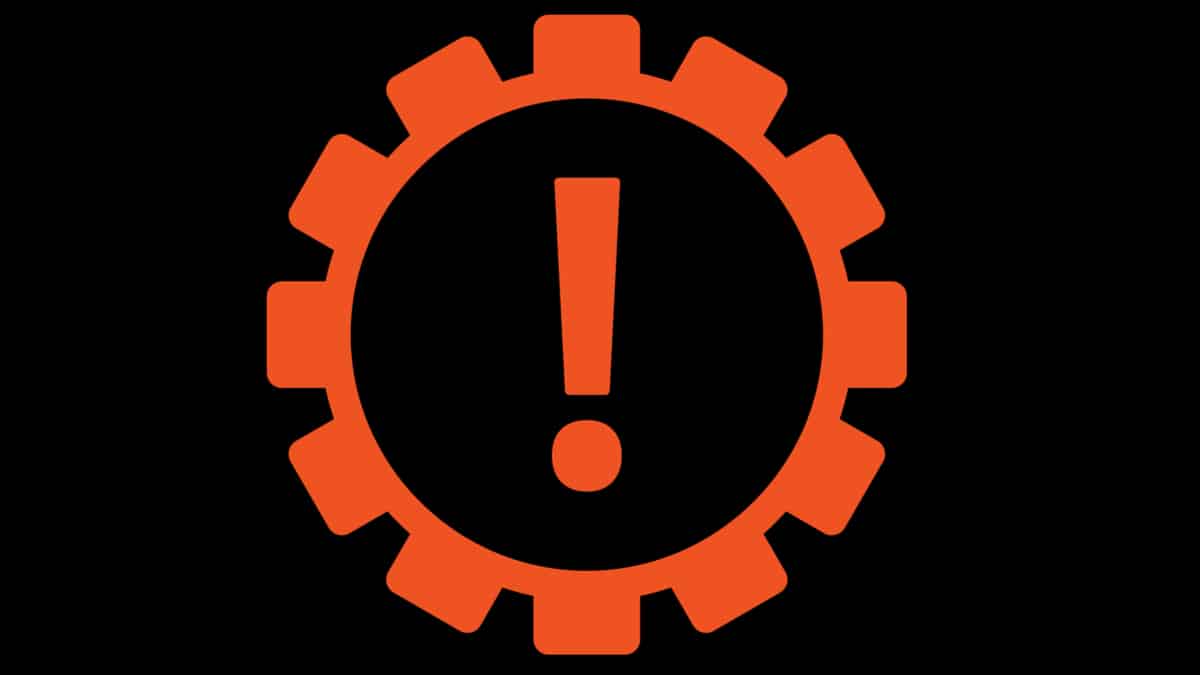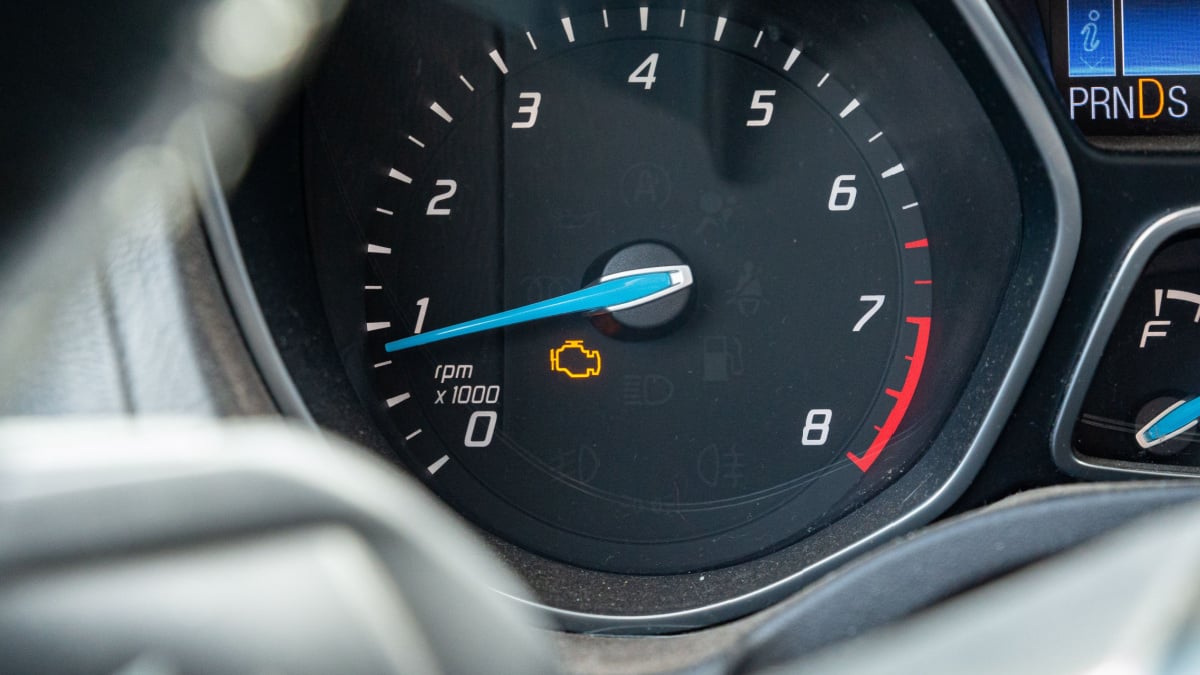Modern vehicles are equipped with plenty of advanced systems designed to keep you safer on the road. One of these systems is the Vehicle Dynamic Control (VDC), which is meant to improve traction. When there is a problem with this system, you may see the VDC light come on the dashboard.
We review the reasons the VDC light might come on and show you what you can do about it.
VDC Light Meaning
VDC stands for Vehicle Dynamic Control and the VDC light illuminates when there is an issue with the anti-lock brake system or the traction control system.
Vehicle Dynamic Control (VDC) works with your car’s anti-lock brake system to provide more traction. When VDC is engaged, you might feel some vibration occur in the brake pedal. This doesn’t mean that something is wrong with the system; it only indicates that everything is working as it should.
In most cases, the VDC is going to apply brakes individually at the wheels to counteract any slippage that occurs. If the vehicle is understeering, VDC applies the brakes on the outer front wheel, causing it to turn the way it should. While VDC will not steer the vehicle, it does offer input to make the car easier to maneuver.
The VDC system is consistently monitoring the direction and steering of the vehicle. It determines what the driver intends to do compared with what the vehicle is actually doing. If there is no deviation, VDC does nothing. However, if there is a problem, the VDC system enables to counteract the loss of traction and wheel slippage.
VDC Light Causes
The most common causes of a VDC light are a defective ABS wheel sensor, a malfunctioning steering angle sensor, or low brake fluid. It can also show up if you are driving on a low-quality road. In rare cases, it can be caused by a bad steering rack or a bad control module.
Here is a more detailed list of the common causes of a VDC light:
1. Defective Wheel Sensors
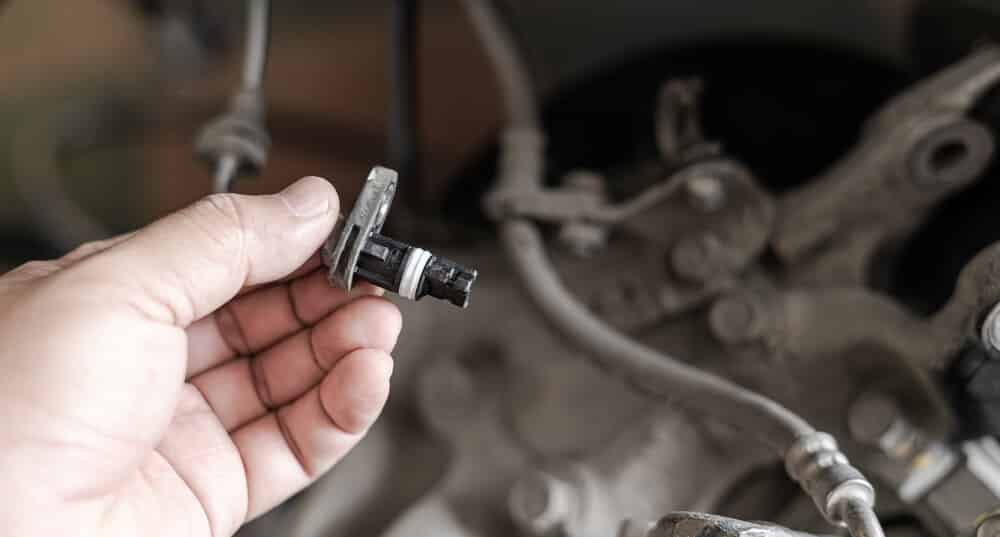
At each wheel, there are sensors attached that monitor speed and function. Any information provided by these sensors is sent to the ECU for analysis. For example, if a wheel begins to slip, causing it to turn faster than the others, the speed is sent to the ECU to show there is a problem.
The VDC system kicks in to reduce power to that wheel and provide better traction. However, if you have a faulty wheel sensor, the correct data might not be sent. The VDC light will go on, alerting you that the sensor is broken or has debris on it.
RELATED: ESP Light – Meaning, Function & Causes
2. Malfunctioning Steering Angle Sensors
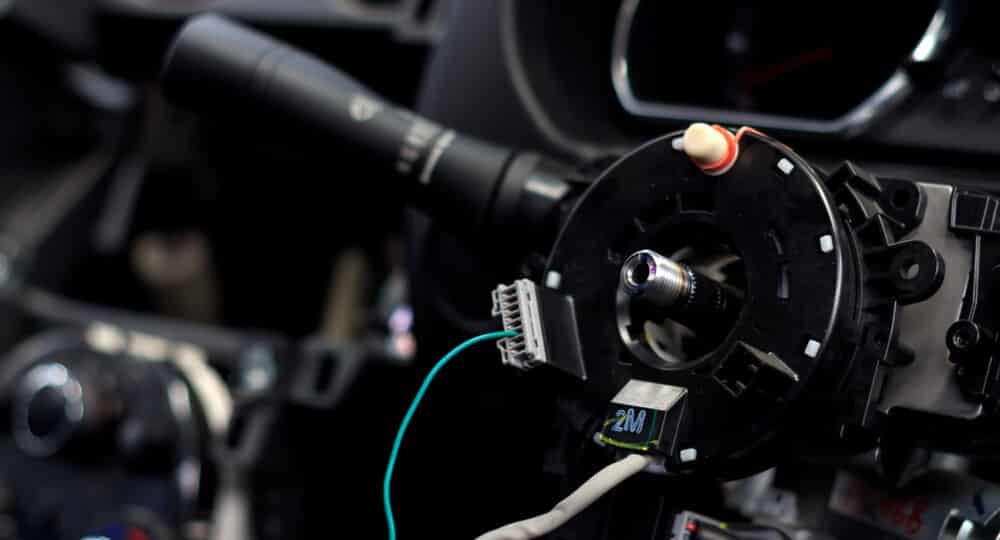
Any wheel that has traction control is also going to contain steering angle sensors. The job of these sensors is to measure the angle of the wheel as you drive. However, the sensors are subject to malfunction because of their location.
When the sensors fail or become contaminated with debris, the VDC light will come on. You will notice this can happen even when you are driving on smooth roads with no extra need for traction control.
3. Low Brake Fluid
Low brake fluid is a common problem that can cause the VDC light to come on. As your brakes wear, the brake fluid will get lower and lower in the reservoir even if it isn’t leaking. When you change the brake pads and push in the brake caliper, the level will go back up.
You need to check the brake fluid reservoir in the engine compartment and add brake fluid if the level is low.
4. Low-Quality Roads
The VDC system is meant to create stability while traveling across slippery terrain. However, the system can malfunction if the conditions are extreme.
If you are driving across ice and snow, you might see the VDC light come on for a moment until traction is restored. However, as soon as the car begins driving normally again, the light should disappear.
5. Bad Steering Rack
The steering rack is responsible for controlling the wheels based on the input from the steering wheel. It is located on the body of the car as part of the steering system.
The steering rack uses hydraulic fluid, which turns the wheels. If the rack fails or malfunctions, there might be trouble steering the vehicle, causing the VDC light to turn on.
6. Defective ECU
There are numerous sensors communicating with the car’s computer at all times. The computer is responsible for taking the data from the sensors and translating it into action. As the wheels begin to slip, the ECU needs to cut power to the wheel for correction.
However, the ECU is not foolproof, and it can go bad when the ECU doesn’t read the messages from the sensors, which can cause the VDC light to come on.
RELATED: Slip Light – What Does It Mean & Causes
VDC Light Fixes

To fix the VDC light, you must first figure out what the problem is. If the light is only illuminated because of the road you are on, it should go off when travel returns to normal. In this case, no fix is required.
However, if the VDC light is on because of a defective sensor, you will need to replace it. Sometimes, the sensors can be cleaned, which saves you some money. A mechanic will also check the wiring of the sensors to ensure everything is working as it should.
However, if your vehicle requires a new steering rack or ECU, you are looking at a more costly repair. The steering rack can be difficult to replace, requiring more time. The ECU must also be professionally reprogrammed.
The easiest way to fix a VDC light is by checking the brake fluid level and topping it up if it’s low. Then read the trouble codes with a diagnostic scanner.
You also want to look for technical service bulletins and recalls for your car model. For example, you can find bulletins for the VDC light on some Infiniti car models.
Categories: Electric, Warning Lights
